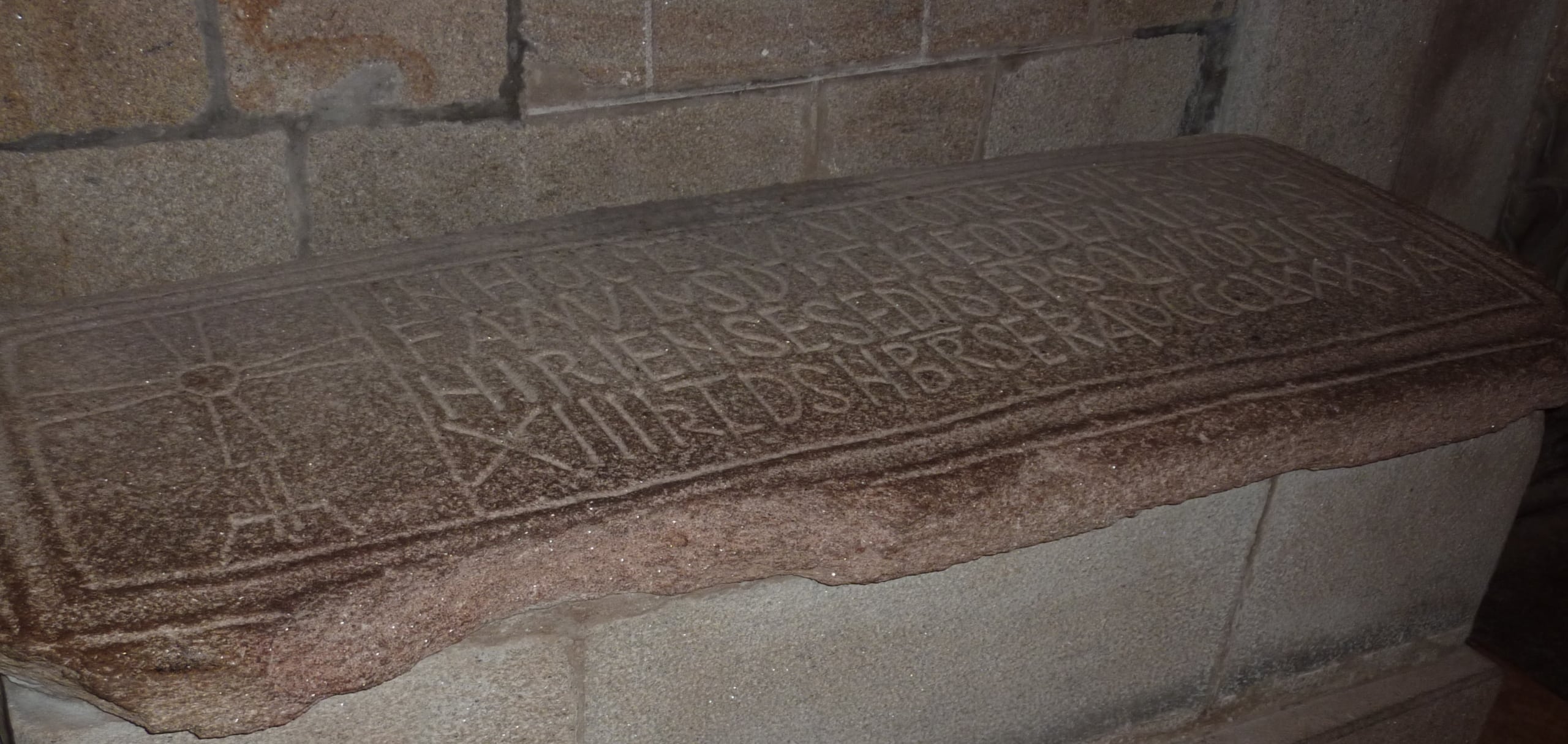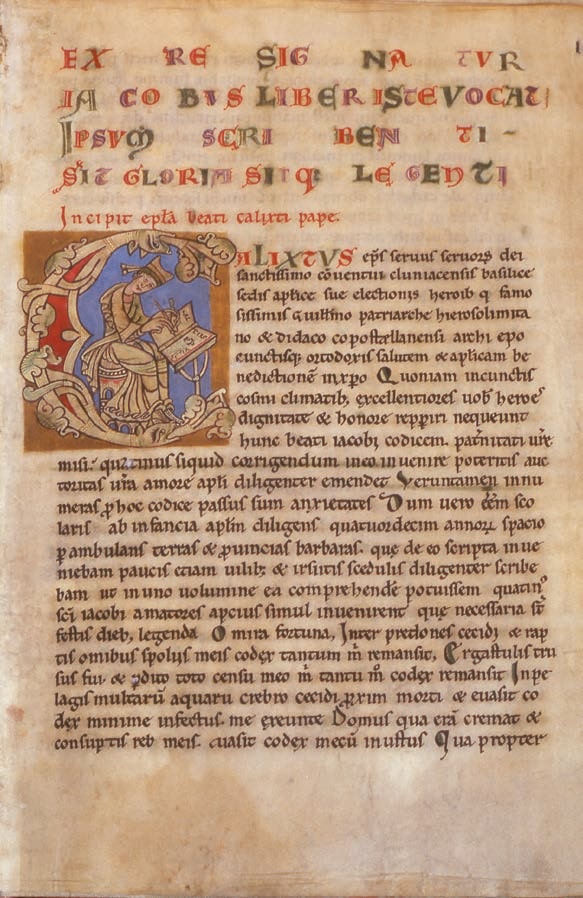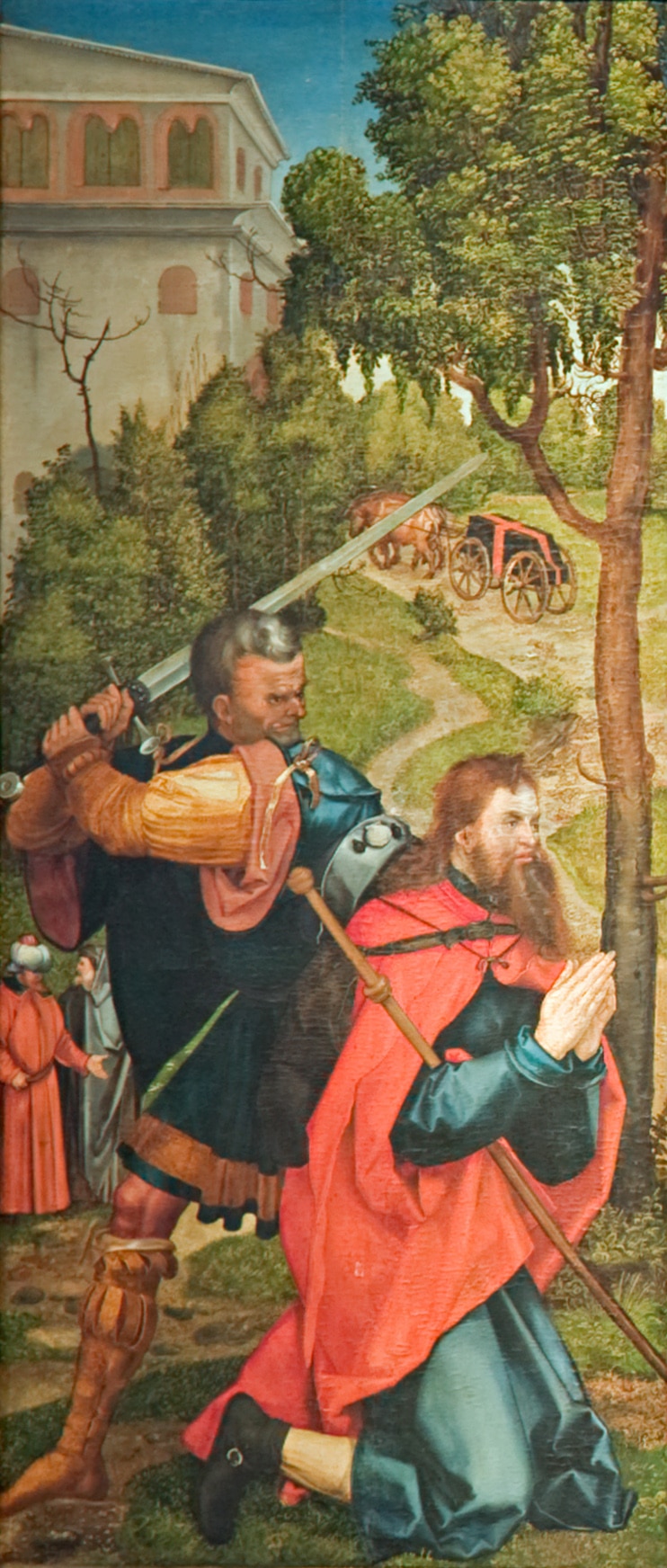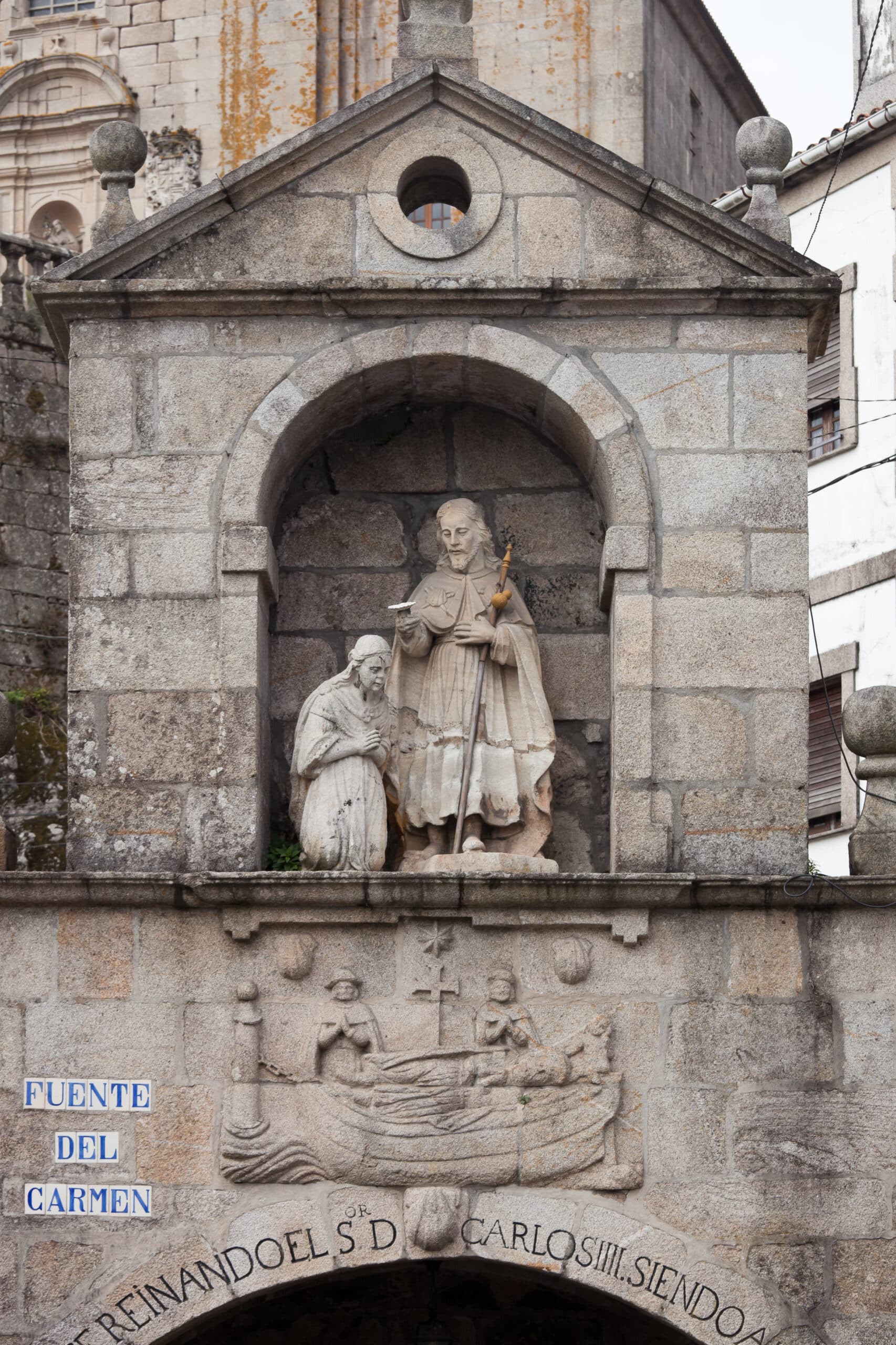There is only one Translatio or Traslatio in the world, and we have it in the Ría de Arousa, the estuary through which nature and its whims wanted the remains of the Apostle Santiago arrived at Compostela, (Santiago de Compostela).
THE TRASLATIO
The name given to this transfer is Traslatio, which in the Latin language means the transfer of the remains of the Apostle Santiago by sea and the Ulla River to Compostela.
A journey of thousands of nautical miles until you reach the Arousa Estuary, where from the most remote times, many civilizations left their marks in the form of art, culture and tradition.
There are innumerable vestiges that we could list in Galicia, but only in the Ría de Arousa, we already have many visible, and many others, that with the passage of time, we will have to uncover, and that also The wind and rain erode, and show us.
We are going to focus very much on El Camino De Los Caminos, El Camino De Santiago, but by sea, or also known as Camino Xacobeo Por Mar</strong >, Jacobean Way By Sea, Ruta Del Mar De Arousa And Río Ulla, or what its first navigators called it, those in charge of reaching Compostela, with the remains of the Apostle Santiago, La Traslatio.
THE LEGEND
The story tells, in Book III of the Calixtine Codex, that leaving from Jaffa, (Jerusalem), in the year 42, seven apostles managed to escape in the darkness of the night with the king’s decapitated body. Herod, by the Apostle James.
They put him on a boat and left for Hispania, (Spain), more specifically to Galicia, and Santiago de Compostela, to continue with their evangelization throughout the world.
Legend says that this boat was guided by the hand of God so as not to encounter obstacles or storms in its path.
They entered the Ría de Arousa next to the Sálvora Island, and entered the Ulla River to finally take one of its tributaries, the Sar, continuing along the to the port of Bisria, (Iria Flavia), inPadrón. Seven days later, they disembarked the remains of the apostle that the legend says, they arrived in a stone boat, which surely refers to the boats that transported stones at that time for the Romans strong>, and they transported the remains of the apostle, remains that upon disembarking landed on a stone, and this merged with the body, acquiring the shape of a tomb.
Of the seven apostles, only two, Theodorus and Athanasius, remained to care for and bury the apostle’s remains, and the other five left again to continue their work of evangelization throughout the world.
Theodore and Athanasius asked Queen Lupa for help to transport the apostle’s body to a place to bury them, and she deceived them and sent them to strange lands to arrest them.
In these lands, Theodore and Athanasius were captured by a priest named Regulus. This priest locked them up, and while they were in their cells, lights formed an invisible door in the stone wall through which they fled.
On their return they ask the queen for a cart and a pair of oxen to transport and bury their master.
Again the queen wants to deceive them and she sends them to Mount Ilicino (Pico Sacro), where she assures them that they would find gentle oxen.
Theodore and Athanasius go there and encounter wild oxen attacked by a dragon, which they transform from wild beasts to docile animals with prayers and the sign of the cross.
Back before the queen, and she, seeing that the apostles were invincible, decided to convert to Christianity and be baptized right there, as well as give up her palace as a mausoleum for the remains of the apostle, but Theodore and Athanasius, wanted Divine Providence to decide where the remains of their teacher should rest.
They put the body back on the ox cart and carried the body aimlessly, until the oxen stopped in an area and began to dig with their hooves and water gushed out and a fountain was formed. They continued their path a little further and stopped in a field called Arcis Marmoricis, (Marble Arches), in the Libredón forest, and where The legend says that the remains of the Apostle Santiago were buried.
A legend full of very interpretable, mystical, magical stories, but that all lead to the same path, The Camino De Santiago and the Traslatio.














